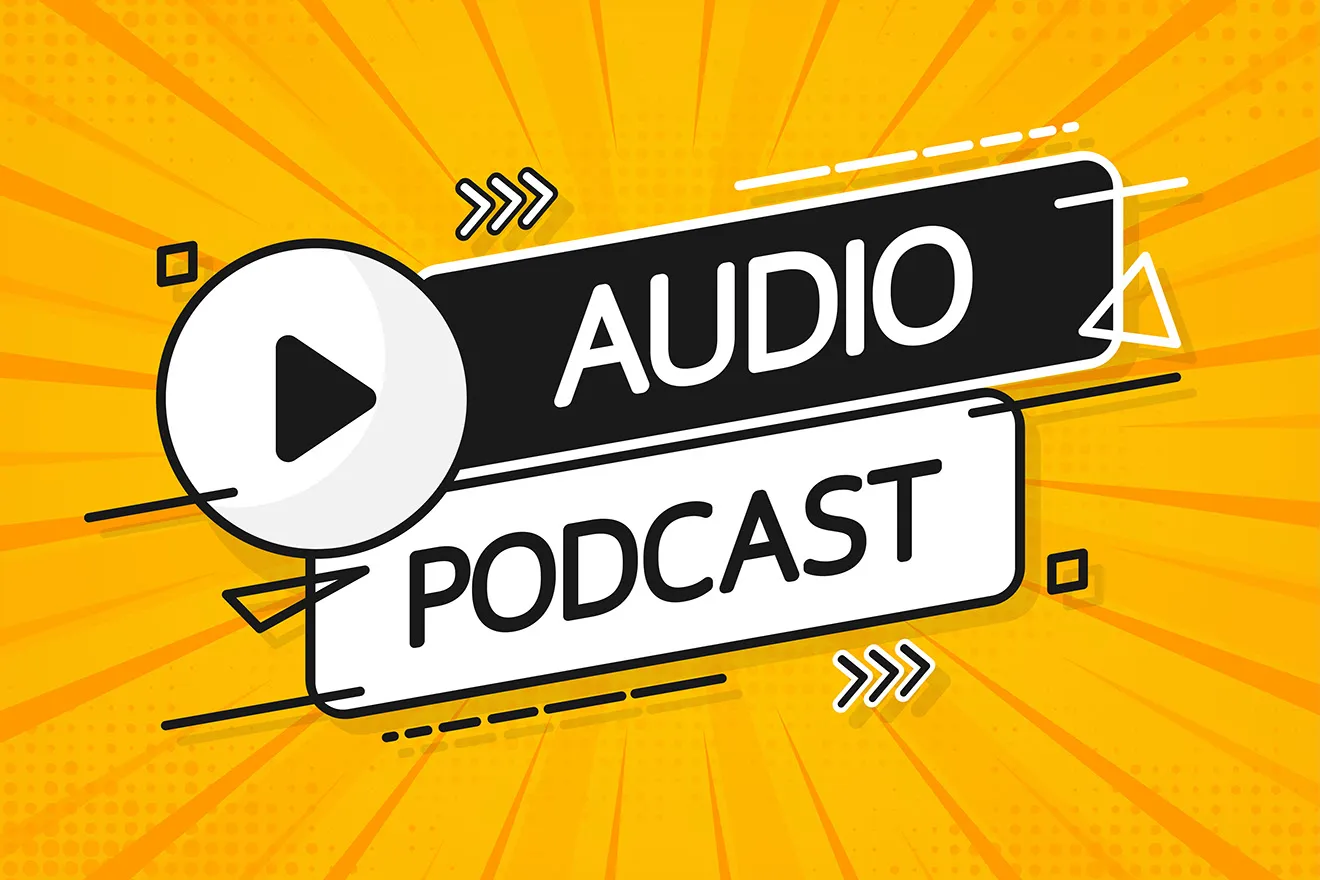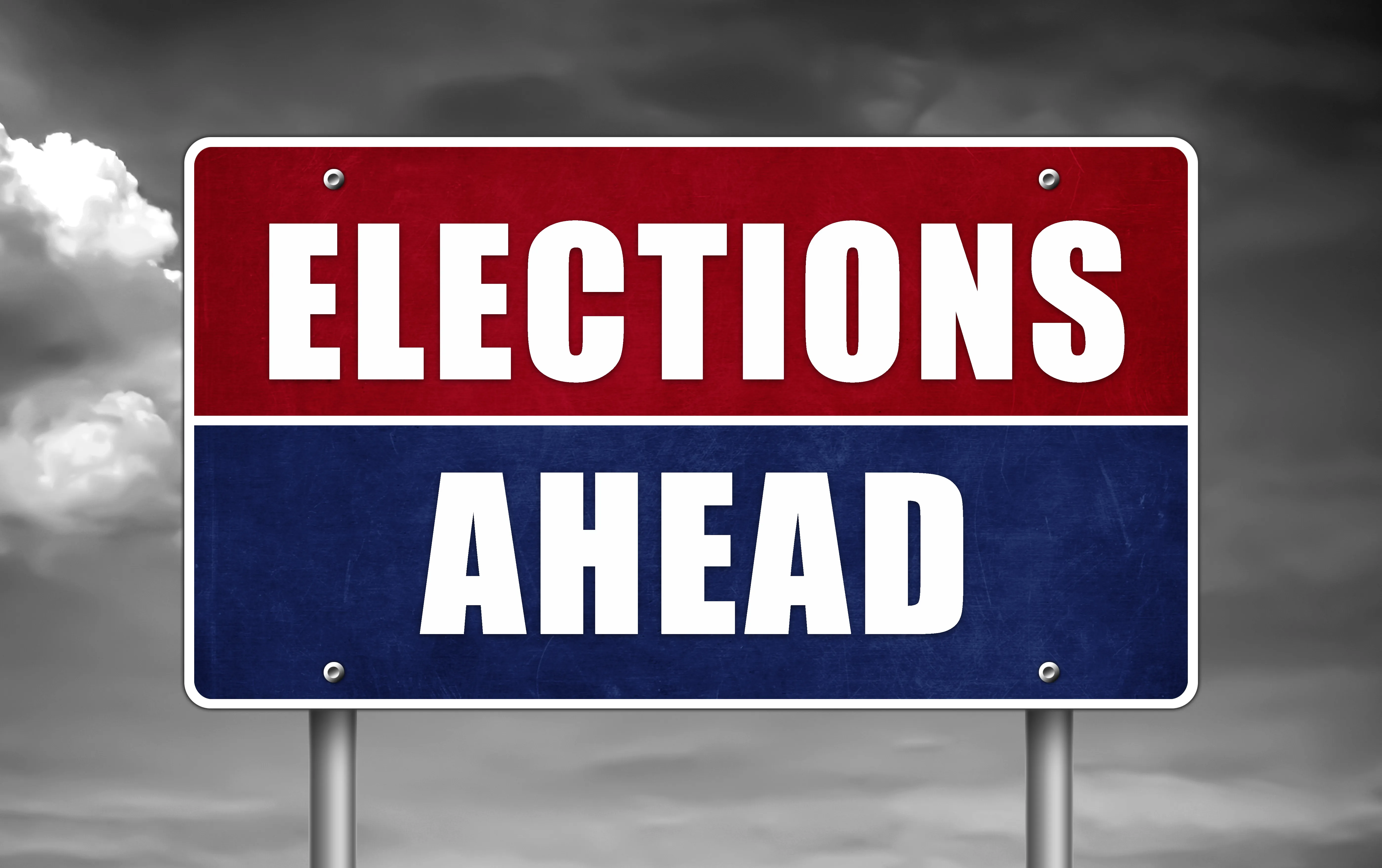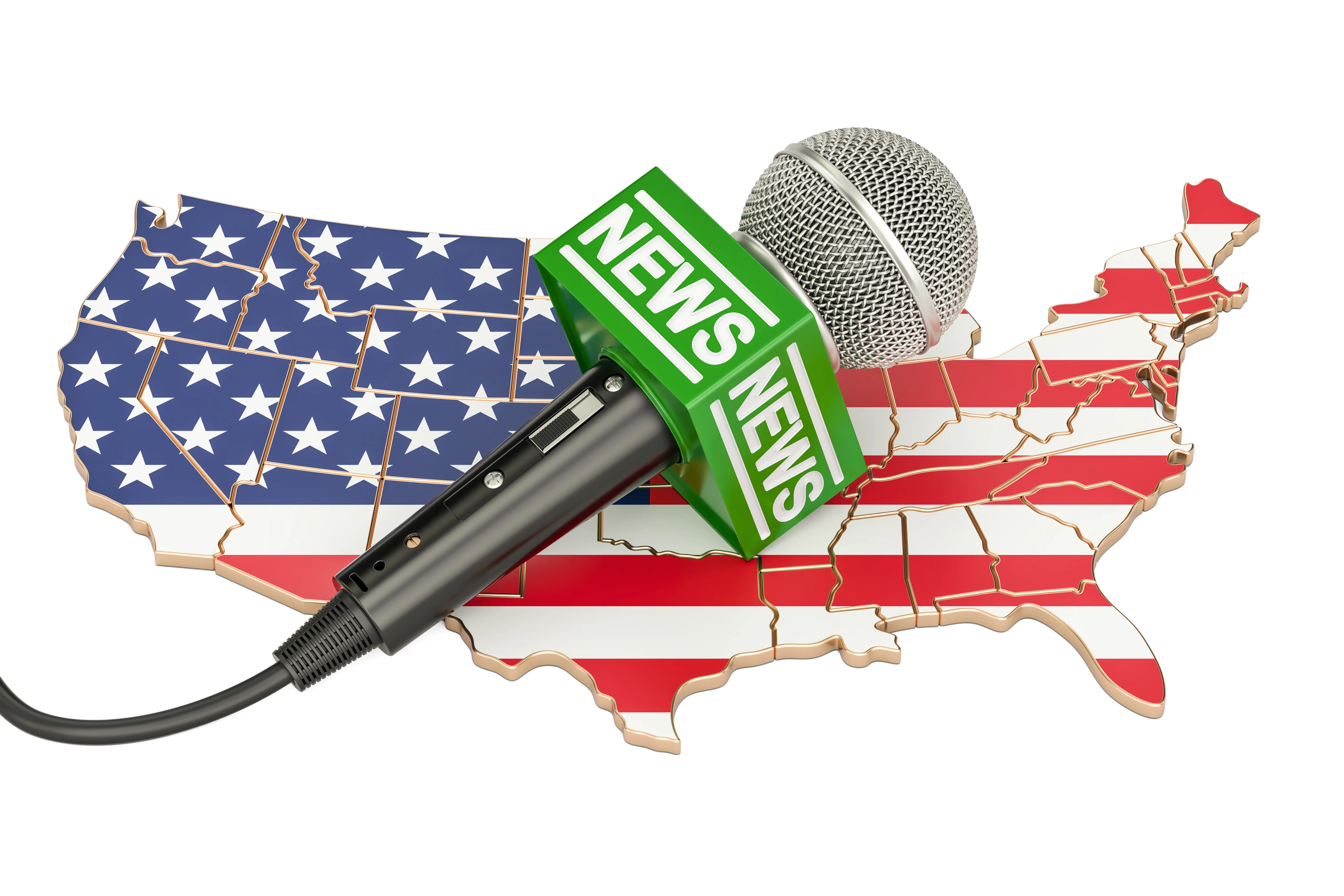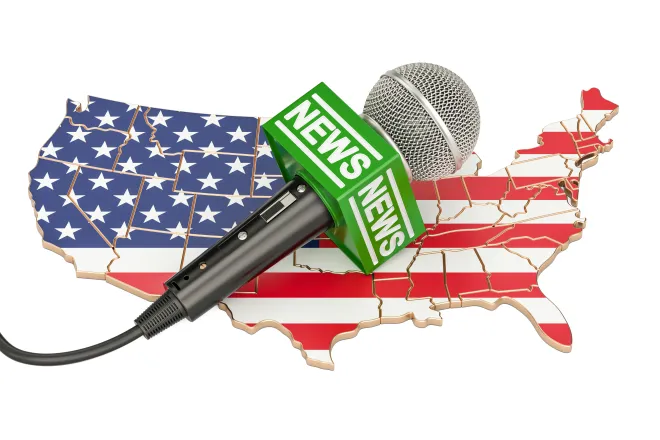
North Dakota teacher: We can't shy away from tough artificial intelligence questions
Click play to listen to this article.
As North Dakota students get caught up with new lesson plans this fall, questions remain about the effects of artificial intelligence on their learning. Teachers hope for thoughtful approaches by school districts.
Ahead of this academic year, the National Education Association issued guidelines on how to best incorporate AI tools in K-12 classrooms around the U.S. The report was led by a task force, which gathered input from educators, experts and others. North Dakota has its own framework for local schools to follow.
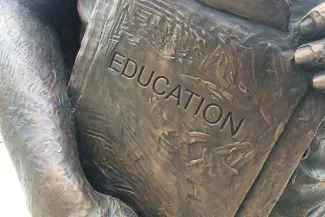
© flickrcc - Alan Levine
Laura Haugen Christensen, an English teacher in Fargo and board president of the Fargo Education Association, said she wants to see more conversations inspired by the association's document so students understand the full scope of AI.
"Do we want to send them out into the work world, into college, without having an understanding of intellectual property, without understanding the environmental impact of AI, without understanding data privacy?" Haugen Christensen asked.
In addition to supportive policy from administrators, Christensen argued these are talks teachers need to have with each other. She does not see responsible oversight as an extra burden for classroom leaders but rather another key function of the job as times change.
The Center for Democracy and Technology said last year, just half of middle and high school teachers said they’d used AI. Now, the number is more than eight of 10.
As for plagiarism or similar "cheating" concerns, Christensen pointed out schools have been down this road before with the introduction of tools like the calculator. She stressed teachers have to find the right way to ensure the student is still learning the process.
"In English, for instance, if we're assessing writing, I have to know it's 100 percent the student's writing," Christensen explained. "It's no different from just a copy-paste, plagiarism issue. In other content areas, some use of AI might be appropriate because they're not assessing the skill that is turned in."
The National Education Association recommended equal access to acceptable AI tools and platforms, so marginalized students, including those with disabilities, are not left behind.
Christiansen agrees with the mindset, saying being able to utilize the assets shouldn't depend on your ZIP code or other roadblocks. North Dakota's framework does have a section addressing students requiring individualized educational programs.

